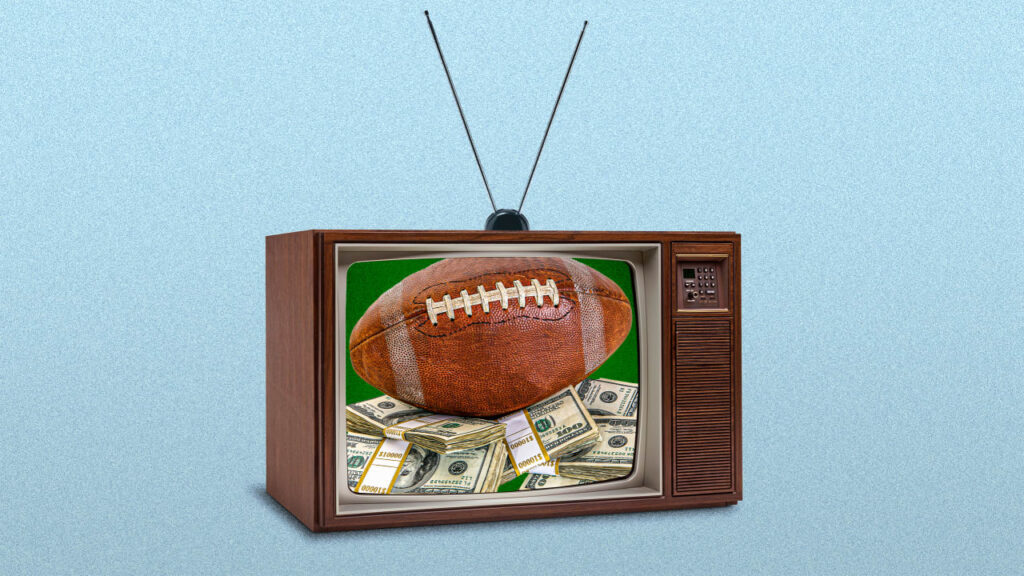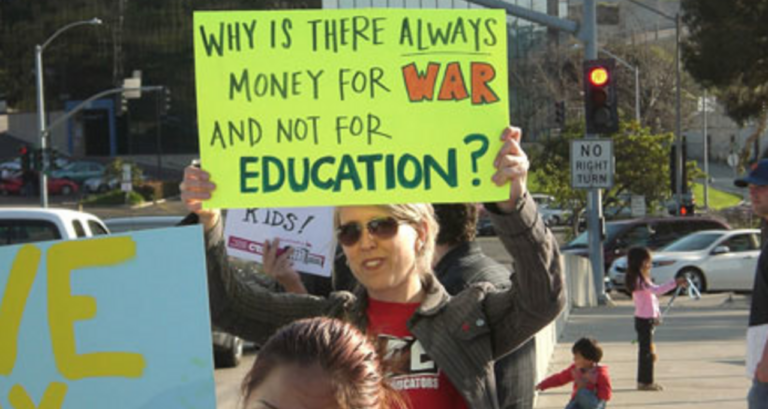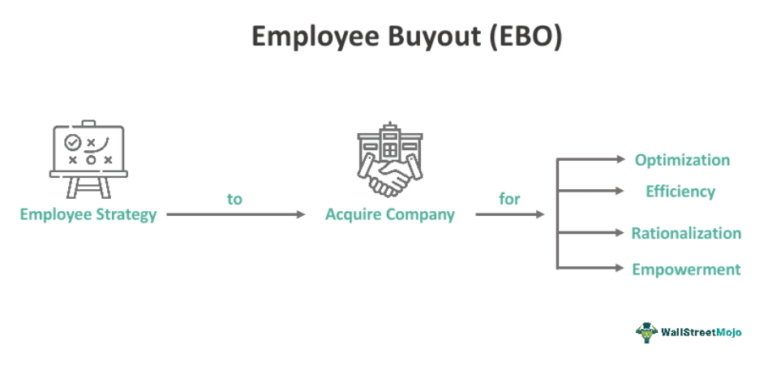
Audience
- Sentiment: Positive
- Political Group: Neutral
- Age Group: 18-49
- Gender: All
Overview
- The Super Bowl is a major advertising opportunity, attracting over 100 million viewers.
- Successful ads create emotional connections and engage viewers in a communal experience.
- Brands must innovate and adapt to consumer behavior to resonate effectively in Super Bowl ads.
The Big Game: Why Super Bowl Ads Are Worth Every Penny
Every year, millions of people gather around their TVs, tune into their favorite channels, and prepare for one of the biggest sporting events in the United States: the Super Bowl. But while everyone’s eyes are glued to the field, there’s another game taking place—a business game—that captures people’s attention just as much as the game itself. That game, my friends, is advertising. Companies are willing to spend an astounding amount of money—up to $8 million for just a 30-second ad spot! Why, you ask? Let’s dive into the world of Super Bowl advertising and explore if those dollars are really worth it.
The Million-Dollar Question
First, let’s talk dollars. Advertising during the Super Bowl costs more than the average American makes in a year! In fact, last year alone, advertisers generated an estimated $550 million in revenue from Super Bowl commercials. This makes the Super Bowl one of the most lucrative advertising platforms in the world. But what do companies get in return for such a hefty investment?
The answer is simple yet powerful: a gigantic, engaged audience. The Super Bowl attracts over 100 million viewers, meaning companies have a massive opportunity to showcase their brand to people who are actively watching. It’s not every day that you can reach that many eyes in one go!
The Shift in Advertising
In today’s world, advertising has changed dramatically. With the rise of social media platforms like Instagram, TikTok, and YouTube, companies have found new ways to reach their audiences. They can create targeted ads that pop up on our feeds, often tailored specifically to our interests. So, why do brands still feel that the Super Bowl is worth the steep price tag?
Many industry experts argue that traditional TV advertising offers something unique. People often sit together to watch the Super Bowl, turning it into a communal experience. When viewers are fully engaged, they’re not just watching commercials; they are experiencing them. This isn’t like scrolling through TikTok, where people often skip ads in a matter of seconds. Instead, during the Super Bowl, audiences are more likely to sit back, laugh, cry, and talk about the ads and what they mean. This level of engagement adds real value for brands.
The Art of Execution
Of course, spending $8 million doesn’t guarantee a memorable ad. The success of Super Bowl advertising isn’t just about how much companies pay; it’s about how they execute their creative ideas. Over the years, we’ve seen some truly iconic commercials that we still talk about today. Who could forget the heartwarming Jeep ad featuring a reunited family or the hilarious Budweiser puppy ad? These ads didn’t just promote a product; they created a narrative that resonated with viewers.
Brands also need to be strategic. The best ads don’t just start and end during the game itself; they often create buzz before, during, and after the Super Bowl. Companies use social media to tease their commercials, engage with fans, and even respond to viewer reactions in real-time. This kind of interaction helps to build a stronger connection between the brand and its audience.
The Power of Live Events
Another reason why the Super Bowl remains a key moment for advertisers is the sheer power of live events. In a world where people are increasingly watching their favorite shows on-demand, the live experience of the Super Bowl is something special. It’s one of the few remaining TV events that bring people together in real-time.
Viewers are often glued to their screens, anticipating not just the big game, but also the spectacular halftime show and, of course, the commercials. They discuss the ads with friends online, and they share their favorites on social media. All this contributes to something called “earned media,” which is the publicity a brand gains from people talking about it—not just through traditional advertising.
Adapting to Consumer Behavior
As companies spend millions on Super Bowl spots, they must also adapt to changing consumer behaviors. The way people interact with brands has shifted dramatically, especially on social media. Today’s consumers are savvy. They can see through traditional marketing tactics, and they value authenticity. A cringey ad or one that feels too forced can easily backfire, sending viewers to social media to express their disdain.
To avoid this pitfall, brands are getting creative. They’re using humor, emotional storytelling, and even social issues to resonate with audiences. For instance, an ad centered around social justice might not only promote a product but also align with the values that are meaningful to today’s consumers. It creates a sense of connection and authenticity that goes far beyond selling a product.
The Future of Super Bowl Ads
While the advertising landscape may be evolving, the Super Bowl still stands out as a platform that brings communities together, both physically and virtually. Advertisers see the event as a real opportunity to connect with viewers, allowing them to engage with their brands in a way that feels organic, fun, and memorable.
Even as the costs keep rising, and digital advertising grows in popularity, industry executives firmly believe that the Super Bowl remains a key moment for brands to make a statement. They don’t just want to showcase a product; they want to tell a story that will stick in the minds of consumers long after the final whistle blows.
Wrapping It Up
So, what have we learned about Super Bowl advertising? It might seem crazy to spend $8 million for a few seconds of air time, but with expert execution, a massive audience, and a chance to create an unforgettable experience, those dollars can go a long way. Companies are betting on the idea that the return on investment will not only be measured in sales but also in the sense of brand loyalty and excitement they generate.
As you sit down for the next Super Bowl, remember: there’s much more happening than just the game itself. Pay attention to the commercials, and think about the stories they are trying to tell. You might be surprised by what resonates with you!
What do you think? Do you believe the high cost of advertising during the Super Bowl is worth it? What’s your favorite Super Bowl ad of all time? Share your thoughts in the comments below!





